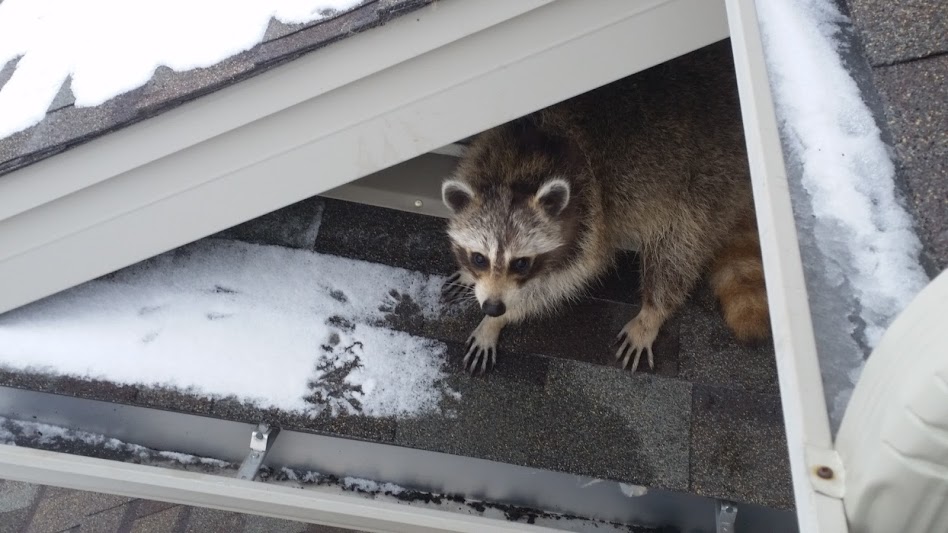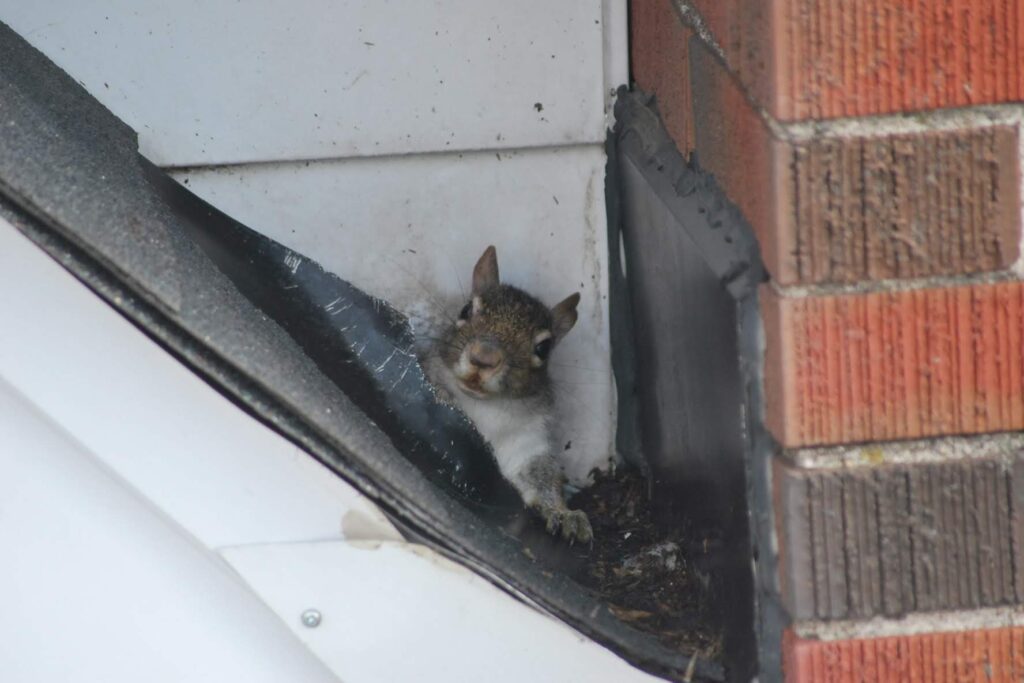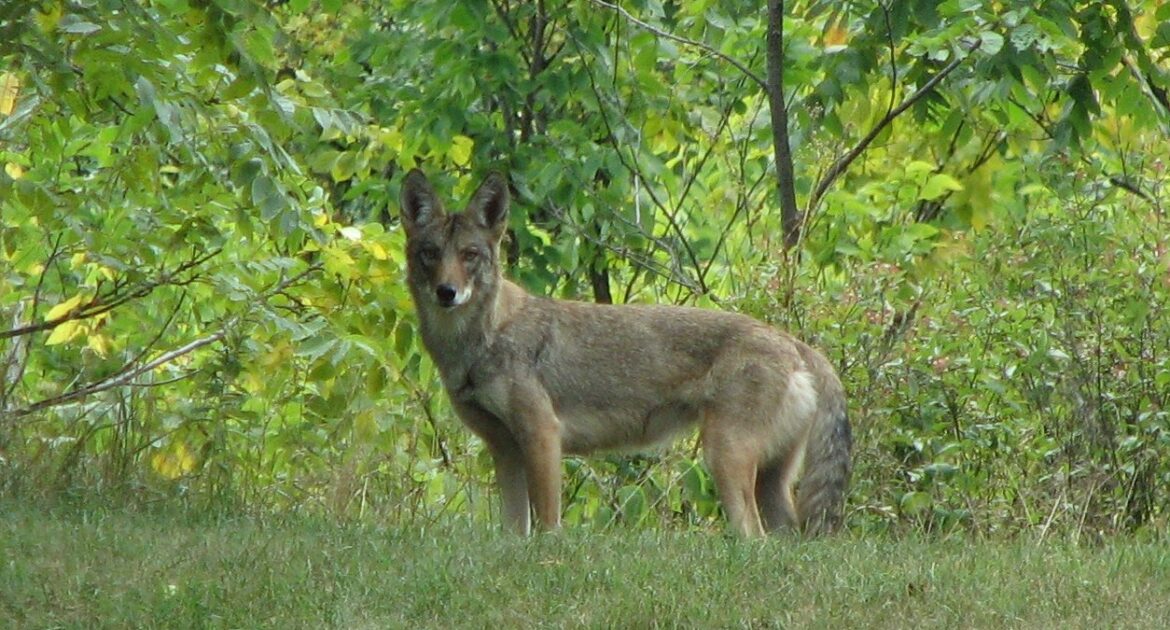Cambridge is home to many species of urban wildlife, including raccoons, skunks, birds, squirrels, mice, foxes and coyotes. Cambridge’s proximity to the Grand River, and abundance of forested areas make the area extremely attractive to local wildlife populations.
Fall is the most active season of the year for urban wildlife. While each species reacts differently to the changing temperatures and weather of fall & winter, they all share the same goal: Find a safe den, keep out of the cold and survive till spring.
What Are Wildlife Up To During Fall?
Wild animals notice changes in temperature quicker than humans do. When the temperature begins to drop, animals are triggered to begin preparing for the upcoming winter. This process looks different depending on the species, but the common goal is to find shelter, stock up on food, and avoid predators.
Raccoons and skunks find appropriate winter dens and begin stockpiling food, and eating more to gain weight in preparation for winter. Mice, rats and squirrels also begin collecting copious amounts of nuts and seeds to hide away in their nests until first frost arrives. Migratory birds begin their long travel south, while non-migratory birds search for places to build warm, cozy nests.
Do All Wild Animals Hibernate?
The short answer is no, not all wild animals hibernate. Hibernation is an automatic process that occurs in some animals when the weather cools down. Their heart rate will lower enough to conserve enough energy to survive many months without food. Some animals, like bats, enter hibernation around the time that the first frost of the year occurs, and remain in this state until early spring.
Other animals, like raccoons and skunks, enter a similar state called “torpor”. Torpor allows animals to conserve energy and use their body fat to keep warm. Unlike hibernation, animals in torpor may wake up during warmer days throughout the winter to search for more food, or to travel to a different den.
Squirrels, mice and non-migratory birds remain fairly active throughout the winter, spending more time in their nests during long stretches of cold weather, but never entering a long-term slumber. Foxes, rabbits and coyotes also remain active and awake throughout the winter, keeping to their dens when the weather is particularly bad.

How Can I Coexist With Wildlife?
Coexisting with wildlife is a simple, yet very important task. The best way to coexist peacefully is to respectfully give wildlife their space. If you encounter a wild animal on a fall hike, or even in your own neighbourhood, maintain your distance and never approach or feed the animal.
Fall home maintenance is the best way to prevent wildlife from breaking into your home in their search for a winter den. Be sure to clean all food waste from your lawn, including fruits and vegetables from your garden. Thoroughly inspect your home for signs of wildlife damage, and repair any small cracks you may find. In the event of a wildlife break in, choose a humane removal company like Skedaddle that uses preventative measures and ethical techniques to protect your home, and keep animals safe in the process.

Witnessing wildlife during fall is an exciting way to enjoy nature and become more aware of their habits. By educating ourselves on common wildlife activity, as well as learning how to react during wildlife interactions, we can coexist peacefully and keep ourselves and the animals safe.




